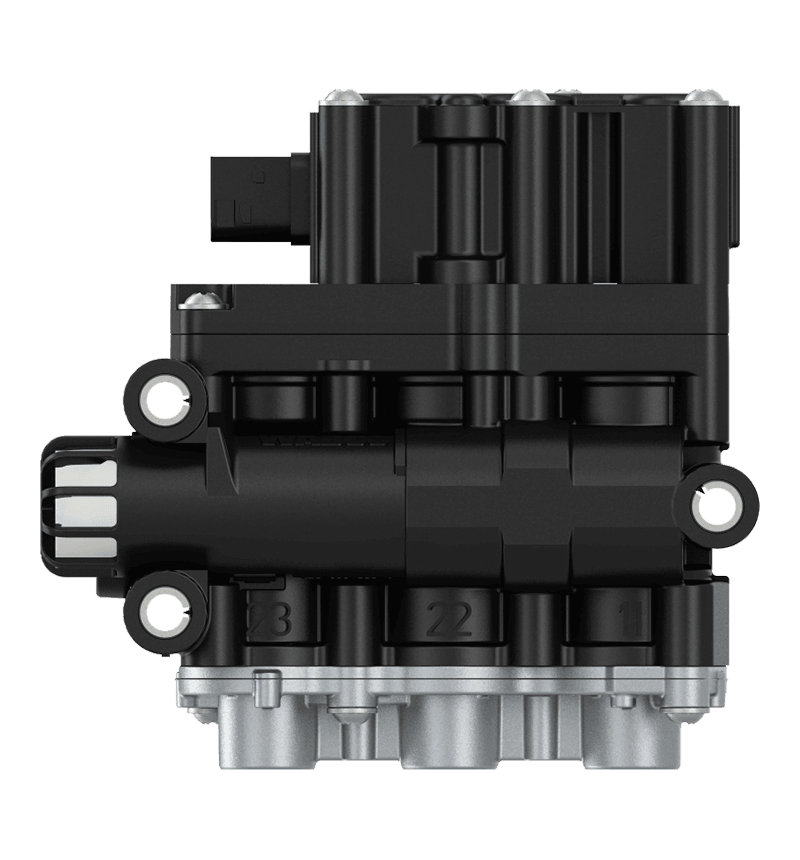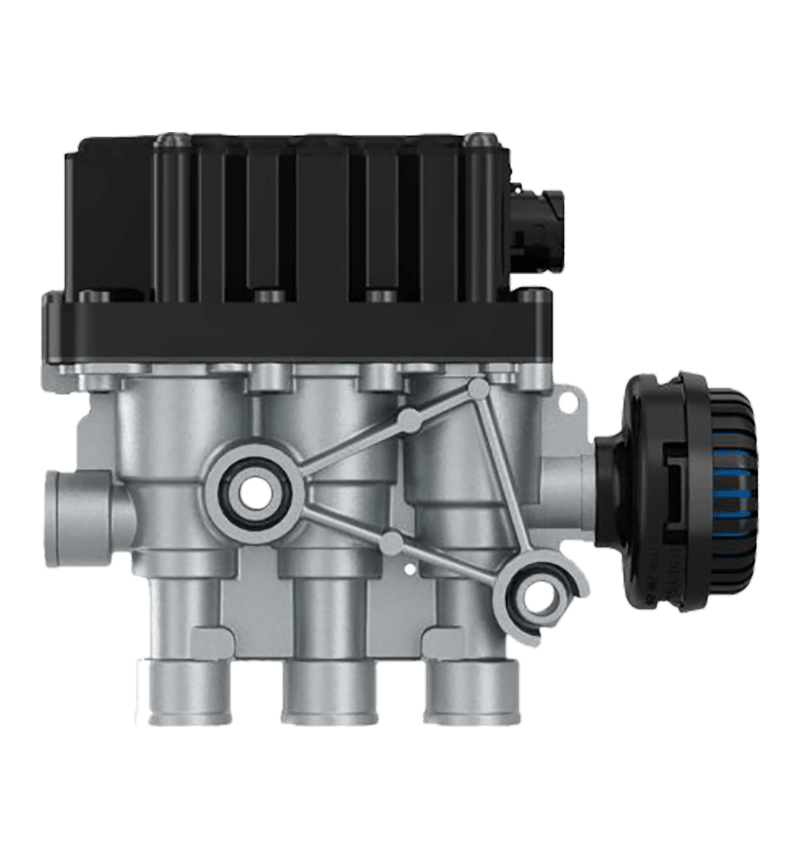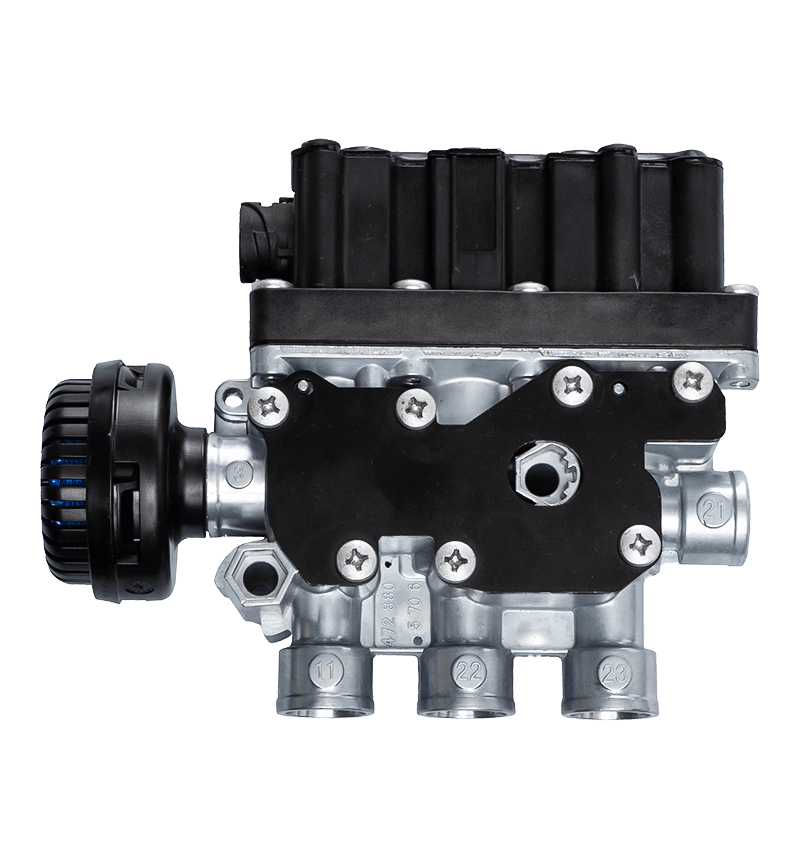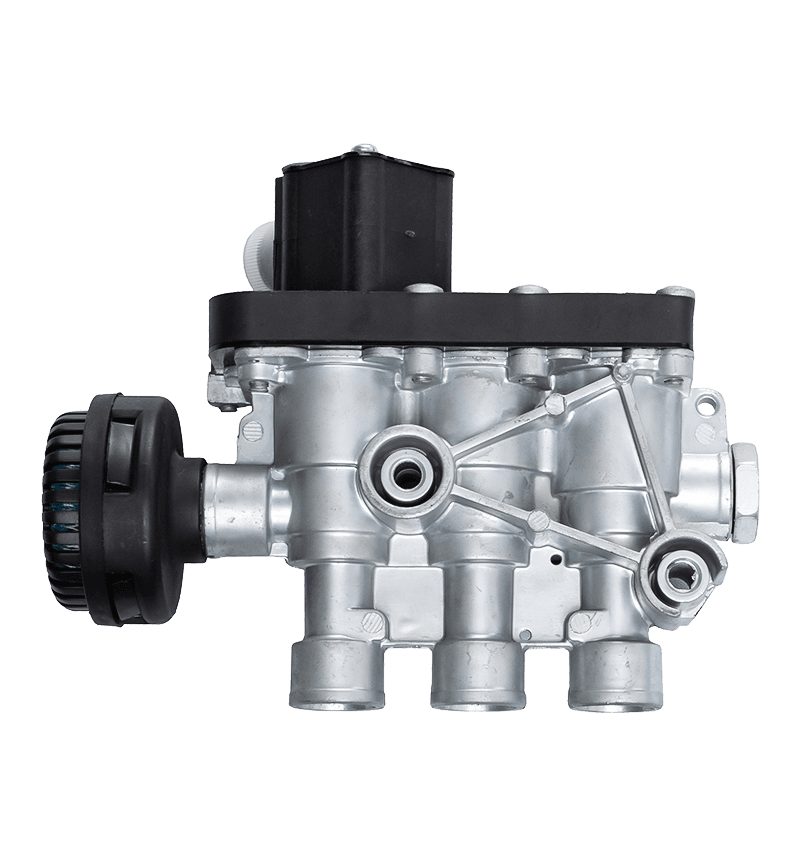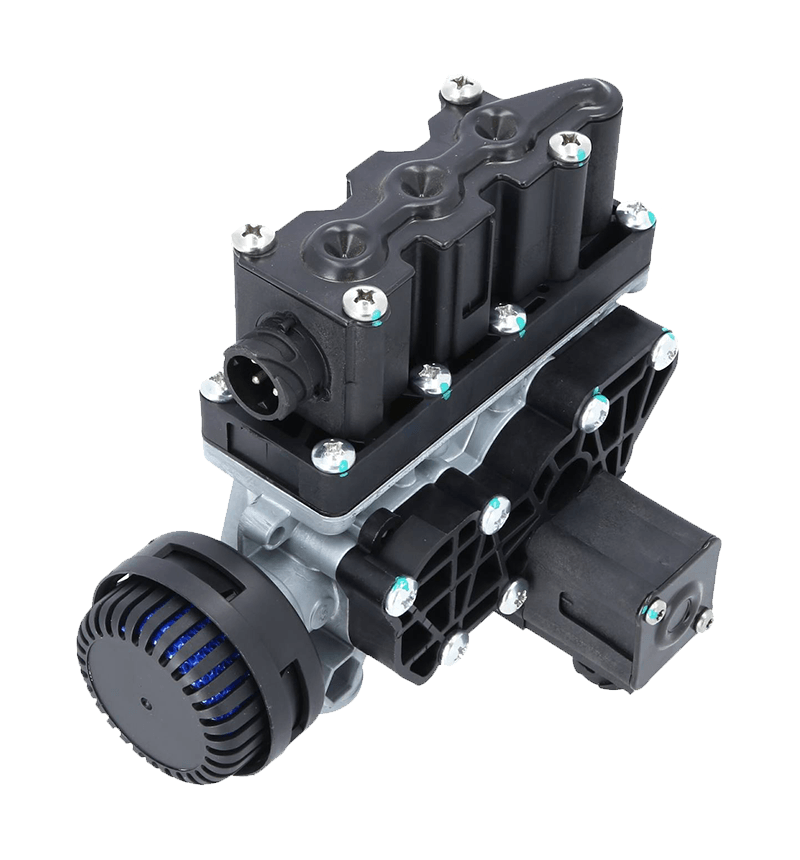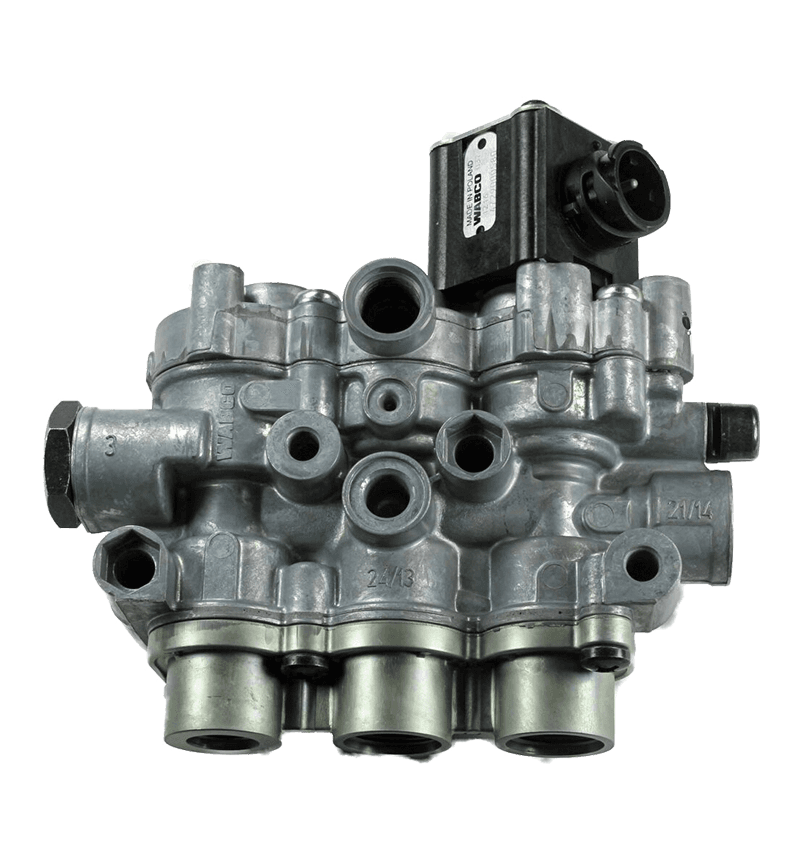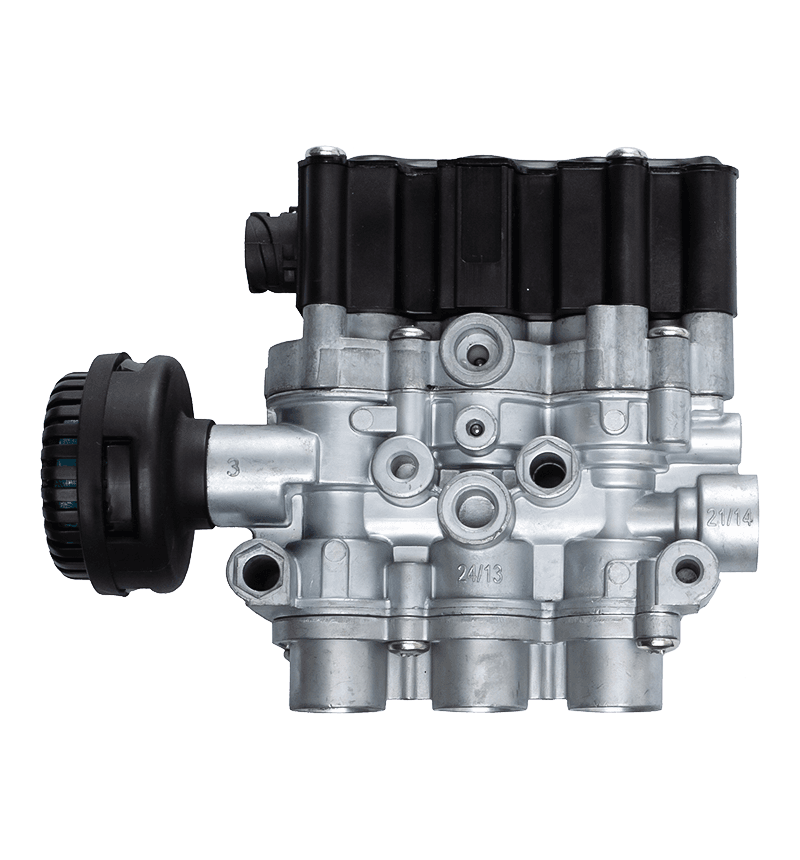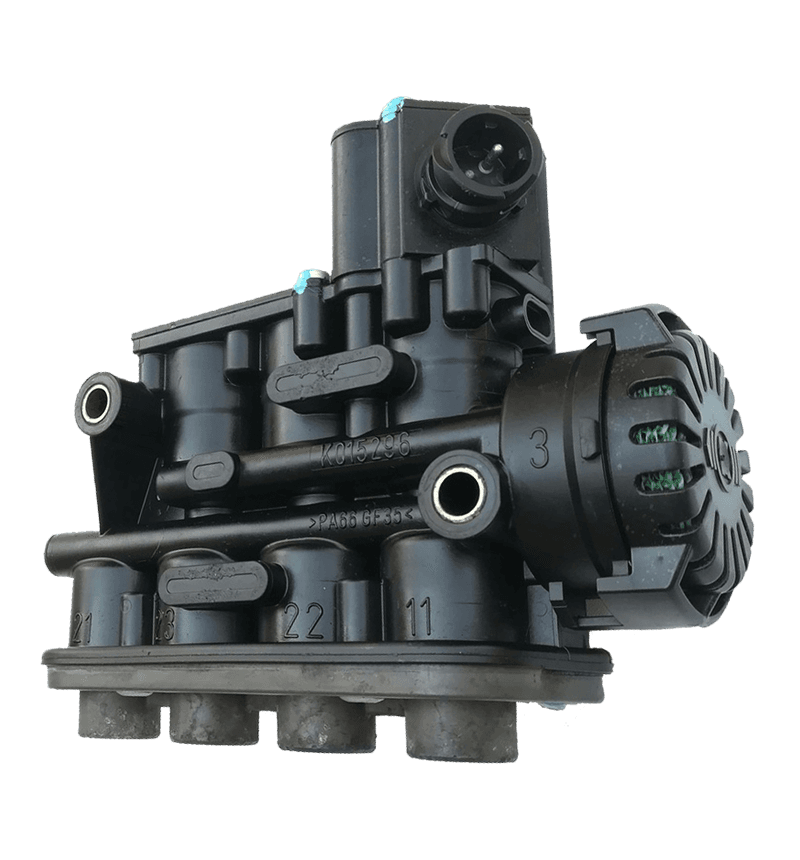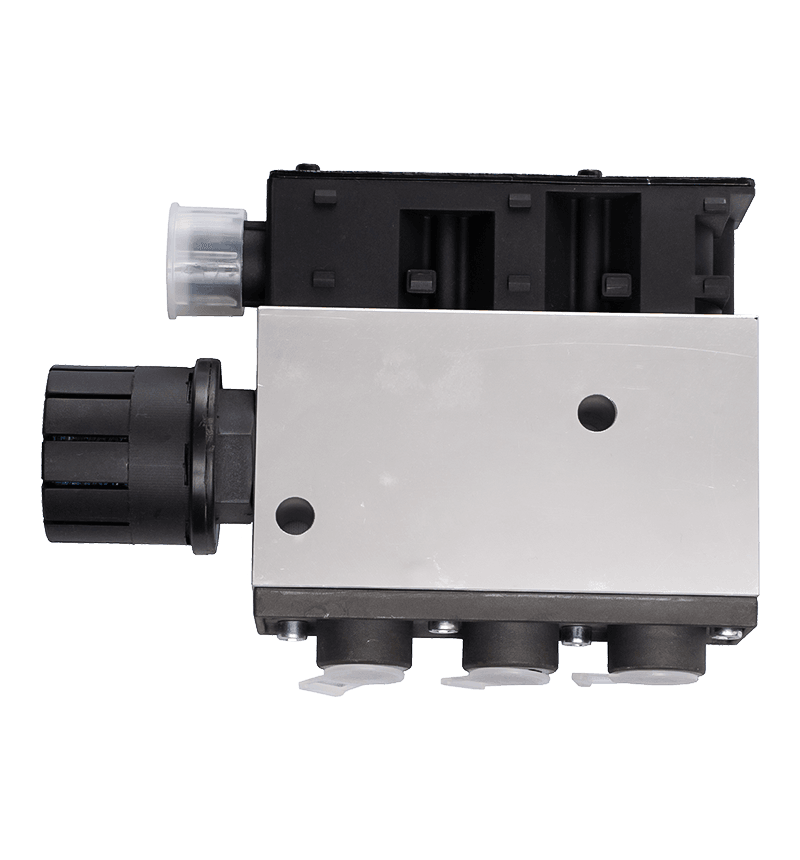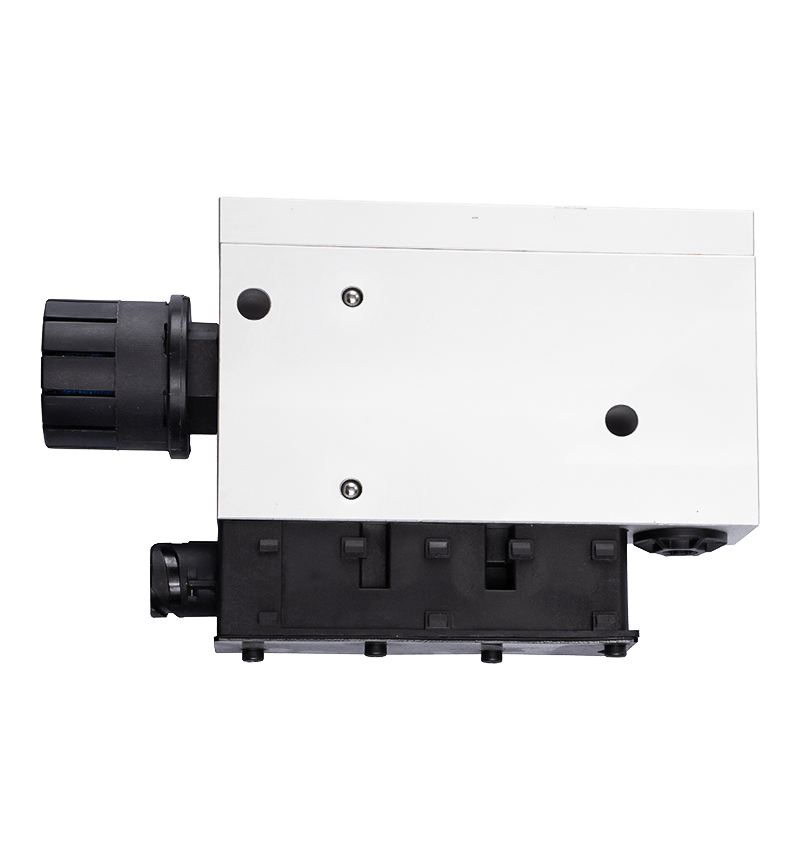Definition and working principle of solenoid valve
A solenoid valve is a device that uses electromagnetic force to control the flow of fluid. Its working principle is based on the electromagnetic effect of the electromagnetic coil. When current passes through the coil, a magnetic field is generated, which acts on the valve core to move it, thereby opening or closing the valve. The solenoid valve is mainly composed of components such as a solenoid coil, a valve body, a valve core, and a spring. The valve core can move on the valve seat under the action of electromagnetic force to control the flow of the fluid. When the valve is closed, the valve core is pushed back to its original position by the spring to cut off the fluid channel. Solenoid valves are widely used, especially in automated control systems, for flow control of liquids or gases.
Common manifestations of solenoid valve failure
If a solenoid valve fails, it usually manifests as problems such as failure to open or close normally, valve core jamming, and leakage. Failure to open or close normally is the most common problem, which is usually related to damage to the electromagnetic coil or unstable voltage. Valve core jamming is also a manifestation of solenoid valve failure, and the valve core cannot move smoothly due to dirt or wear. Leakage problems are usually caused by aging or damage to the seal. Damage to the seal will cause the solenoid valve to close loosely, resulting in medium leakage. No matter what kind of fault, it will affect the normal operation of the solenoid valve, and then affect the operating efficiency and safety of the entire system.
| Fault Type |
Possible Causes |
| Electromagnetic Valve Not Operating |
Power supply issues, damaged electromagnetic coil, missing or damaged control signal |
| Delayed Response of Electromagnetic Valve |
Wear of internal components or unstable current and voltage |
| Electromagnetic Valve Leaking Gas or Oil |
Aging seals, damaged valve seat, poor sealing |
| Electromagnetic Valve Sticking |
Aging gaskets, damaged valve core, accumulation of impurities |
| Insufficient or Excessive Flow |
Valve not fully opening, internal impurities, or structural issues |
Detection method for normal operation of solenoid valve
In order to ensure that the solenoid valve can work normally, a series of tests need to be carried out regularly. First of all, the appearance inspection is the most basic detection method, checking whether the solenoid valve has obvious damage, cracks or corrosion. External damage may affect the normal operation of the internal part, and even cause air leakage or water leakage. Secondly, voltage detection is an important part of the normal operation of the solenoid valve. Use a multimeter to check whether the input voltage of the solenoid valve meets the rated requirements. If the voltage is too low or unstable, the solenoid coil will not be able to generate enough magnetic field, resulting in the inability of the solenoid valve to open or close normally. Third, current detection is used to measure whether the current of the solenoid coil is within the normal range. Too high or too low current may indicate that the solenoid coil is damaged or there is a problem with the circuit connection. In addition to voltage and current detection, suction test is also an important means to determine whether the solenoid valve is normal. By measuring the suction of the solenoid coil, you can understand whether it can generate enough magnetic field to drive the valve core. If the suction is insufficient, it may be caused by magnetic decay or other faults of the solenoid coil. Finally, the operation test is to manually or automatically control the opening and closing of the solenoid valve to observe whether the valve can respond in time and whether the switch operation can be performed smoothly without jamming.
Common faults and solutions of solenoid valves
Common faults of solenoid valves include valve failure to open or close, leakage, insufficient suction and valve core jamming. First of all, the inability of the solenoid valve to open or close is usually related to damage to the solenoid coil, abnormal voltage or poor circuit connection. If the solenoid coil is damaged or the voltage is unstable, the solenoid valve cannot generate enough magnetic force to drive the valve core, so the valve cannot act as expected. At this time, it is necessary to check the voltage and current, confirm whether the power supply is normal, and check whether the solenoid coil is intact. Secondly, the problem of solenoid valve leakage is usually caused by aging or damage of the seal. The function of the seal is to ensure that the fluid does not leak when the valve is closed. If the seal fails, it will cause leakage of the medium. The solution is to check and replace the aging or damaged seals to ensure that the valve is completely sealed. Insufficient suction is also one of the common faults of the solenoid valve. If the suction of the solenoid coil is insufficient, it may be caused by aging of the coil or insufficient voltage. At this time, it is necessary to check whether the voltage is stable, test the suction of the solenoid coil, and replace the coil if necessary. Finally, valve core sticking is usually caused by dirt or sediment accumulating on the valve core, which prevents the valve core from moving smoothly. This problem can be solved by cleaning the valve core and valve seat. If the valve core is severely worn, a new valve core may need to be replaced.
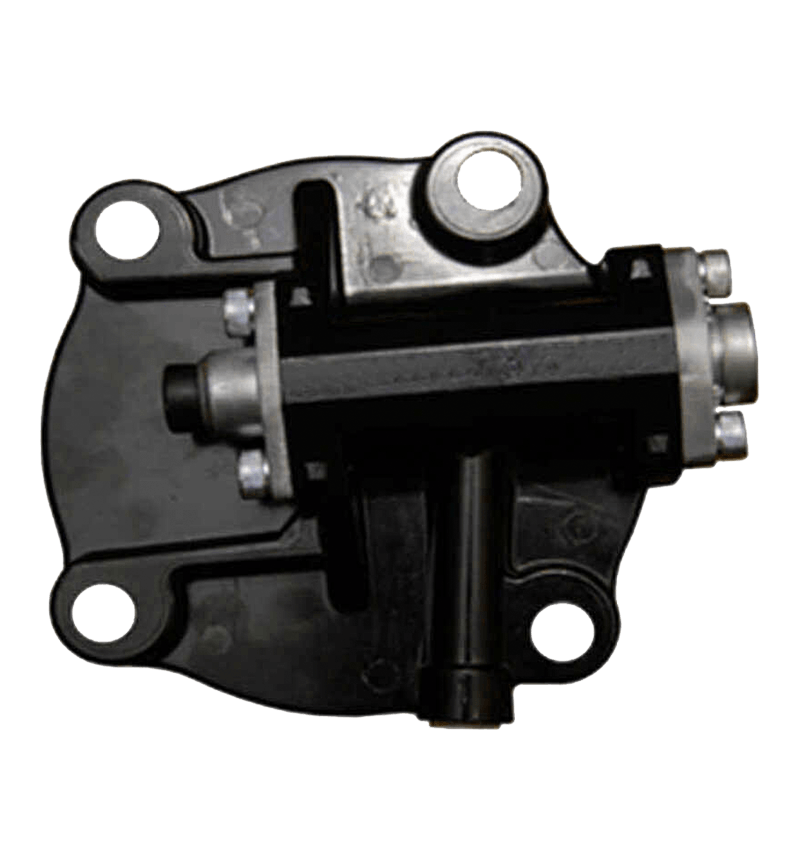
Regular maintenance and care
Regular maintenance and care of the solenoid valve can effectively extend its service life and ensure its stable operation. First of all, the solenoid valve needs to be cleaned regularly, especially the valve core and sealing parts. After long-term use, the valve core and valve seat are prone to accumulate dirt or sediment, which will affect the switching operation of the valve. Regular cleaning can effectively prevent the phenomenon of valve core sticking and poor sealing. Secondly, inspection and replacement of seals are necessary. The seals of the solenoid valve are prone to aging during use, resulting in leakage or poor sealing. Therefore, the condition of the seals should be checked regularly and replaced if necessary. The stability of the power supply voltage is also the key to ensure the normal operation of the solenoid valve. The solenoid valve requires a stable voltage to drive the coil to generate magnetic force. If the voltage is unstable, it may cause the solenoid valve to fail to open or close normally. Therefore, it is crucial to ensure that the power supply voltage connected to the solenoid valve meets the rated requirements. Finally, some solenoid valve parts need to be lubricated regularly, especially those that need to be operated frequently. Regular lubrication can reduce friction and extend the service life of the solenoid valve.


 English
English Español
Español



